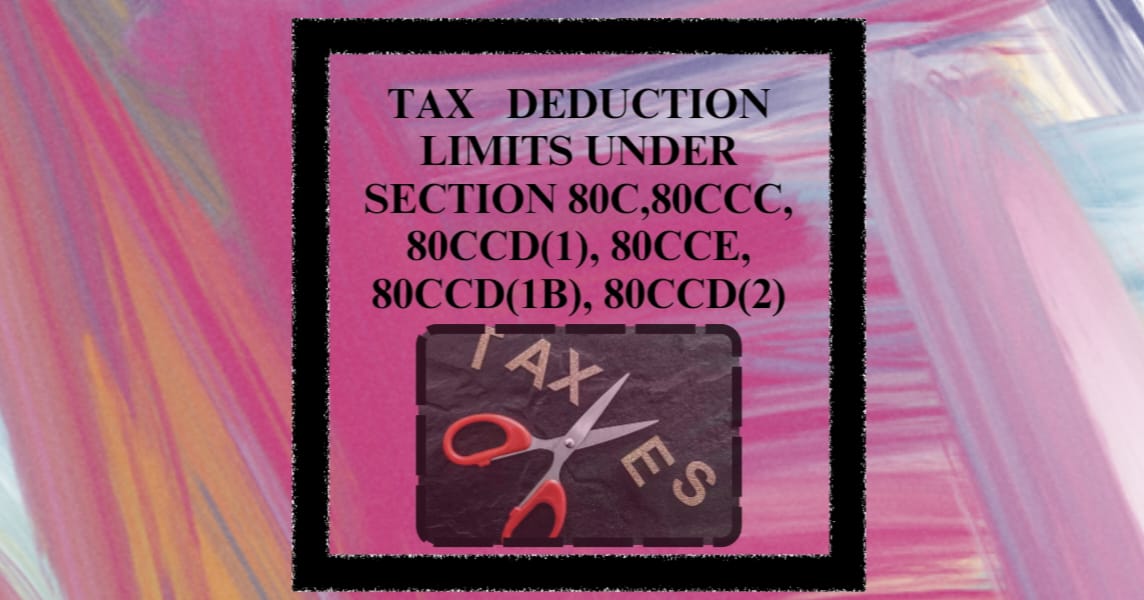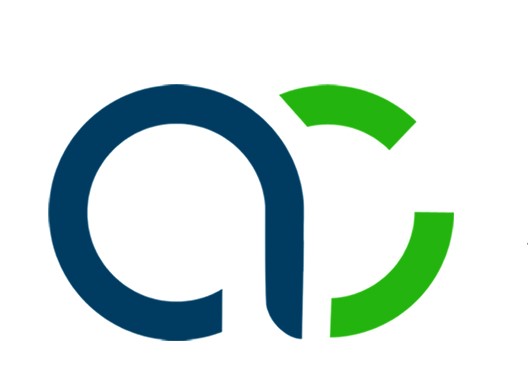Tax Deductions under Sections 80C, 80CCC, 80CCD(1), 80CCE, 80CCD(2) and 80CCD(1B)
Tax planning is a crucial aspect of personal finance, and the Indian Income Tax Act provides several avenues to reduce taxable income. Among these, Sections 80C, 80CCC, 80CCD(1), 80CCE,80CCD(2) and 80CCD(1B) offer significant deductions for investments and expenses. Here’s a detailed analysis of these sections to help you maximize your tax benefits.
Sections 80C, 80CCC, 80CCD(1), 80CCE
Section 80C: The
Foundation of Tax Savings
Eligible Investments and Expenses :
· Equity-Linked Savings Scheme (ELSS): Mutual funds with a lock-in period of 3 years.
· Public Provident Fund (PPF): A government-backed savings scheme with a tenure of 15 years.
· Employee Provident Fund (EPF): Contributions made by the employee towards EPF.
· Life Insurance Premiums: Premiums paid for life insurance policies covering self, spouse, and children.
· National Savings Certificates (NSC): Fixed-income savings bonds issued by the government.
· Tax-saving Fixed Deposits: Bank fixed deposits with a lock-in period of 5 years.
· Sukanya Samriddhi Yojana (SSY) : Savings scheme for the girl child.
· Principal Repayment on Home Loan: The principal component of the EMI paid for a home loan.
· Maximum Deduction: Up to ₹1.5 lakh per financial year.
Section 80CCC: Pension
Funds
· Contributions made towards pension funds.
· The deduction limit under this section is a part of the overall limit of INR 1.5 lakh under Section 80CCE.
· The pension received or the amount withdrawn upon policy surrender is taxable in the year of receipt.
· It pertains to contributions made to the National Pension System (NPS) by an individual.
· This section is included in the overall limit of INR 1.5 lakh under Section 80CCE.
· Maximum Deduction:
· For salaried individuals: 10% of salary (basic + DA).
· For self-employed: 20% of gross income.
`
Section 80CCE:
Aggregate Limit
Section 80CCE sets the aggregate limit for deductions under Sections 80C, 80CCC, and 80CCD(1). The maximum combined deduction that can be claimed under these sections is INR 1.5 lakh per financial year.
80CCD(1B) and 80CCD(2)
Section 80CCD(1B):
Additional Deduction for NPS
· To encourage more individuals to save for retirement, Section 80CCD(1B) offers an additional deduction for contributions to the NPS.
· An additional deduction of up to INR 50,000 is available under this section.
· This is over and above the limit of INR 1.5 lakh under Section 80CCE, making the total possible deduction for NPS contributions INR 2 lakh.
·
Maximizing
Your Tax Benefits :
· Diversify Your Investments: Spread your investments across eligible instruments under Section 80C to balance risk and returns.
· Leverage NPS Benefits: Utilize the additional deduction under Section 80CCD(1B) for NPS contributions.
· Plan for Long-Term Goals: Invest in schemes like PPF and ELSS for wealth creation and tax savings.
· Monitor Your Investments: Regularly review and adjust your investments to ensure they align with your financial goals and maximize tax benefits.
Section 80CCD(2):
Employer Contribution to NPS
· Employer contributions to an employee's National Pension System (NPS) account are eligible for tax deductions under Section 80CCD(2).
· Eligibility: Applicable to salaried employees.
· Separate Limit: This deduction is over and above the ₹1.5 lakh limit under Section 80C and Section 80CCE.
· Deduction Limit:
o Private Sector: Up to 10% of salary (basic + DA).
o Government Sector: Up to 14% of salary (basic + DA).
Conclusion :
Understanding the intricacies of Sections 80C, 80CCC, 80CCD(1), 80CCE,80CCD(2) and 80CCD(1B) can significantly enhance your tax planning strategy. By effectively leveraging these provisions, you can reduce your taxable income, save more, and secure your financial future. Always consult with a financial advisor to tailor these strategies to your specific needs and ensure compliance with the latest tax laws.






